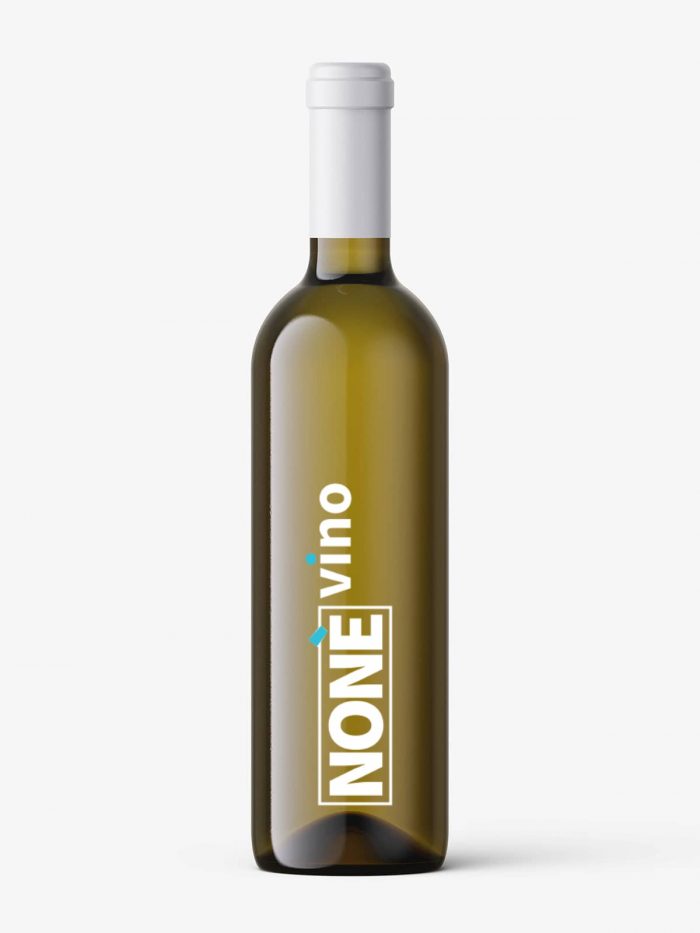Piemonte DOC Appellation
Protected Designation of Origin (PDO)


Viticulture has been practiced in Piedmont since Roman times and between the nineteenth and twentieth centuries Piedmont was the first Italian region for the production of wine.
The DOC Piemonte traditionally offers a considerable variety of typologies through the number of vines for the most part autochthonous, which allow to greatly vary the range of its wines and to fully represent such a vast production area.
The Piedmont Designation has offered local producers the opportunity to develop new lines of quality products, protected and controlled. This denomination favors a better productive diversification, consolidating the economy of vast Piedmontese hilly areas: the wines are the result of a great viticultural tradition combined with wise enological innovation.
The DOC Piedmont wine obtained the recognition of the Controlled Designation of Origin on November 22, 1994.
Territory
The geographical area dedicated to the production of DOC Piedmont wine embraces all the Piedmontese viticulture, which is located for about 90% in the hills south of the Po and develops in areas that are adequately ventilated, bright and favorable to the performance of all functions. vegetative-productive of the vineyards.
The Production Area of DOC Piedmont Wine in the versions Red, Sparkling Red, White, Sparkling White, Rosé, Sparkling Rosé, Cabernet Sauvignon, Merlot, Pinot Nero, Syrah, Sauvignon, Chardonnay, Chardonnay Sparkling, Spumante, Pinot Bianco Spumante Pinot Grigio Spumante , Pinot Nero Spumante, Pinot Spumante, Pinot-Chardonnay Spumante, Chardonnay Pinot Spumante is located in:
– province of Alessandria
– province of Asti
– province of Cuneo
– province of Turin
– province of Novara
– province of Biella
– province of Verbano-Cusio-Ossola
– province of Vercelli
The Production Area of the DOC Piedmont Wine in the Cortese, Cortese Frizzante, Albarossa, Barbera, Barbera Frizzante, Dolcetto, Dolcetto Frizzante, Grignolino, Bonarda and Bonaria Frizzante versions is located in:
– province of Alessandria
– province of Asti
– province of Cuneo
The Production Area of the Freisa Piedmont DOC Wine is located in:
– province of Alessandria
– province of Asti
– province of Cuneo
– province of Turin
The Production Area of DOC Piemonte Moscato and Moscato Passito wine is located in:
– province of Alessandria
– province of Asti
– province of CuneoThe Production Area of DOC Piemonte Moscato and Moscato Passito wine is located in:
– province of Alessandria
– province of Asti
– province of Cuneo
The Production Area of the DOC Piemonte Brachetto, Brachetto Spumante and Brachetto Passito wine is located in:
– province of Alessandria
– province of Asti
– province of Cuneo
Vinification and Aging
During the vinification phases, only loyal and constant oenological practices of the area are allowed, suitable to give the wines their peculiar quality characteristics.
The oenological practices of vinification of DOC Piedmont wine include, among other things, that:
– The maximum yield of grapes in DOC Piedmont wine must not exceed 70% and 50% for the types of Passito Wine; if these parameters are exceeded within the limit of 5%, the excess will not be entitled to the DOC. Beyond these limits the right to DOC for the whole product lapses.
– The Piedmont DOC wines with the specification of two grape varieties is reserved for the wine obtained by blending musts or wines, of similar color, of the following grape varieties : white berried : Cortese, Chardonnay, black berried Sauvignon : Barbera, Dolcetto, Freisa, Bonarda, Cabernet Sauvignon, Merlot, Syrah and Pinot nero. The variety that competes to a lesser extent must represent at least 15% of the total and in the designation and presentation of the product, it must follow the name of the prevailing variety.
– The DOC Piedmont wine without additional mentions is reserved for the Sparkling Wine obtained from the Chardonnay, Pinot Bianco, Pinot Grigio and Pinot Nero vines, alone or jointly.
– Piedmont DOC sparkling wines must be processed either with refermentation in autoclave (Martinotti or Charmat method), or with refermentation in the bottle (Classic Method), without adding carbon dioxide.
– The DOC Piemonte Albarossa, Moscato Passito and Brachetto Passito wines must be aged for 12 months.
– The Freisa Piedmont DOC wine must be aged for at least 4 months.
– The non-aromatic Red Wines that boast the Piedmont Controlled Designation of Origin can be processed in the Novello type according to the current legislation reserved for Novelli wines.
– On the labels of each type of DOC Piedmont wine it is mandatory to report the year of production of the grapes, with the exception of the Frizzante and Spumante types.



